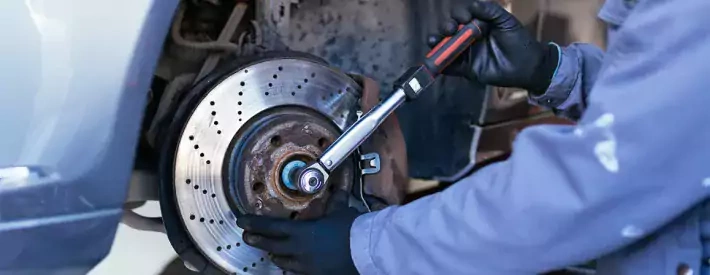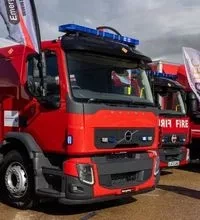Dangerous defects & driving on a public road

If a vehicle comes into your MOT business with a dangerous defect what should you do? MOT guru Paul Charlwood explores the options.
Recently, an MOT garage was asked to return a panel van to a customer with a fractured rear road spring. The leaf spring in question was of the single leaf variety, thus it was considered the main leaf. This, when entered onto the MOT system resulted in the issue of a “Dangerous defect” on the VT30 Failure Certificate. The garage refused to drive it back, and the customer threatened to charge the garage for recovery. So where do we stand with the issue of dangerous defects?
Dangerous or Major?
A lot of defects are pre-defined in the MOT system as dangerous. Fail a vehicle for a leaking brake master cylinder and hey presto it’s listed as dangerous. Often, it’s the tester who has to decide if it’s bad enough to be dangerous or not.
For example:
- A fuel pipe is insecure = major defect
- A fuel pipe insecure such that there is a risk of fire = dangerous defect.
The above example is subjective, in that the tester has to use their engineering skill and judgement to decide if there is a risk of fire. If I am delivering training, at this point, someone is going to ask me: “How can you tell if its bad enough to catch fire?”
My answer is simple; if I thought it was going to catch fire, I wouldn’t be getting in it to drive it. In other words, I think its dangerous.
Can the tester drive it during the test?
Once a dangerous defect has been found, the tester shouldn’t be driving it on a public road, even for a decelerometer test. If for instance, you find a brake pipe corroded to the point it’s about to fail, you shouldn’t be driving it until that dangerous defect has been fixed. You’re going to feel pretty sick if you find your self in court for a dangerous defect that you found. Don’t forget that a failure exists for:
- Brake performance unable to be tested (TM 1.2.1.g)
What about Trade Plates?
Plenty of people think its OK to recover, test and deliver defective vehicles on trade plates. That definitely isn’t true, all trade plates cover is the need for a vehicle to be registered and taxed. They certainly don’t cover defective vehicles.
Advice for Managers
As motor trade professionals, we need to support our staff. If a tester declines to finish the test due to the need for a road test coupled with a dangerous defect, don’t coerce them to go ahead. In the same way a manager of the local parcel firm may find they are being prosecuted for the offence of “cause and permit, dangerous condition” so can motor trade managers.
Dealing with the Customer?
The majority of customers will want a dangerous defect repaired by you on site. Some, though will want to take it away. Explain the nature of the defect, its risks, both to road safety and prosecution action if caught. If you can do so, its best to have a witness present, who does not need to be a formal one, but be able to confirm your actions.
Also, you can always have a warning on the invoice. But ultimately, it’s going to be the customers decision to leave it for repairs, have it recovered or drive it.
I thought you could return from a pre-booked MOT appointment?
A source of great confusion. However, it’s quite simple. Its illegal to drive a dangerous vehicle. So, it doesn’t matter if you are going on holiday in the car, shopping, or to or from an MOT, if it’s dangerous it shouldn’t be on the road.




